Formula One Challenge
And so another race was finished with the announcement of Sebastian Vettel as the winner in the just concluded Formula One Singapore Grand Prix amidst fireworks and much jubilation. For people whose lifestyle does not include it or whose interest in it is quite nil, Formula One or F1 may be just another event in the world of car racing. To car racing enthusiasts however, F1 is a highly anticipated event.
The History of Formula One
The official name of Formula One is FIA ( Federation Internationale de l’Automobile) Formula One World Championship. It is considered the highest class in single-seater auto racing and consists of a series of races called the Grand Prix which translates to French as “grand prizes”. Contrary to common misconception that the word “formula” refers to a certain substance used by racing cars, formula actually refers to a set of rules which every participating car has to comply with.
It started from the European Grand Prix Motor Racing held during the 1920s to the 1930s. The so-called formula was agreed upon after the Second World War in 1946 and was formalized in 1947. The venue of the First World Championship Race was in Silverstone, UK held in the year 1950. The very first winning driver was Giuseppe Farina, an Italian who used an Alfa Romeo.
Formula One Challenge
Aside from the race driver, Formula One has another player in the person of the car constructor. The results of the series of races held on circuits built for such specific purpose as well as public roads are combined through a pre-determined point system to come up with a winning driver and constructor, respectively. All participants in this event are required to be holders of Super Licenses issued only by FIA.
During the early stages of Formula One Challenge events, the teams who joined were mostly managed by road car manufacturers such as Alfa Romeo, Mercedes-Benz, Ferrari, and Maserati. During the 1980s however, specialist race teams in the likes of Williams, Benetton, and McLaren, dominated the scene. The manufacturer teams only regained dominance in 2006 with the active participation of the likes of Renault, Ferrari. BMW, Toyota, and Honda.
The economic recession during the years 2008 to 2009 saw the withdrawal from participation of Toyota, Honda, and BMW. This signaled the return of the privateers as many teams went through management buyouts. At present, there are only three remaining car manufacturers in the sport namely Ferrari, Mercedes, and McLaren. It should be noted that the last two have been partners for at least 15 seasons and has recently parted ways. The Drivers’ Champion Sebastian Vettel of the recently concluded Singapore Grand Prix is part of the Red Bull Racing team which also came out as the Constructors‘ Champion.
The Personalities
Formula One has produced several personalities and celebrities in its entire run. Juan Manuel Fangio, the Argentine teammate of first winner Farina, conquered the next five races to become the first record-holder of consecutive wins in the race. His winning streak was stopped by Michael Schumacher, a German who held on to the title for six years before being effectively stopped himself by an injury.
In spite of having less wins than Schumacher, Fangio is considered the Grand Master of Formula One. Schumacher for his part has had much commercial success than any other race driver. Stirling Moss of UK who never won a single race but participated regularly is recognized as “The Greatest Driver Who Never Won”.
Formula One as a Business Enterprise
Formula One is already a billion-dollar business primarily due to commercial rights. While car manufacturers continue in their bid to produce the fastest cars in the world, the business enterprise is developing on the side as well. Participation in the event has proven to be profitable to all as it creates jobs, provides revenues for management, makes profits for broadcasting channels, and makes money for teams through rights and sponsorship.
The number of Grand Prix races are determined every year and are held in different locations all over the world. Some of the countries where F1 races have seen action include Bahrain, Australia, Malaysia, Turkey, Spain, Monaco, Canada, Germany, Hungary, Italy, Belgium, Singapore, Japan, Korea, India, Abu Dhabi, Brazil, Great Britain, China, and the US. Drivers and constructors are always looking forward to the next event.
My Say
The Formula One events will continue to attract spectators wherever they are held. These events do not only pose a challenge to drivers but to car manufacturers as well. The quest for speed will always involve excellence of the machine and the skill of the drivers.
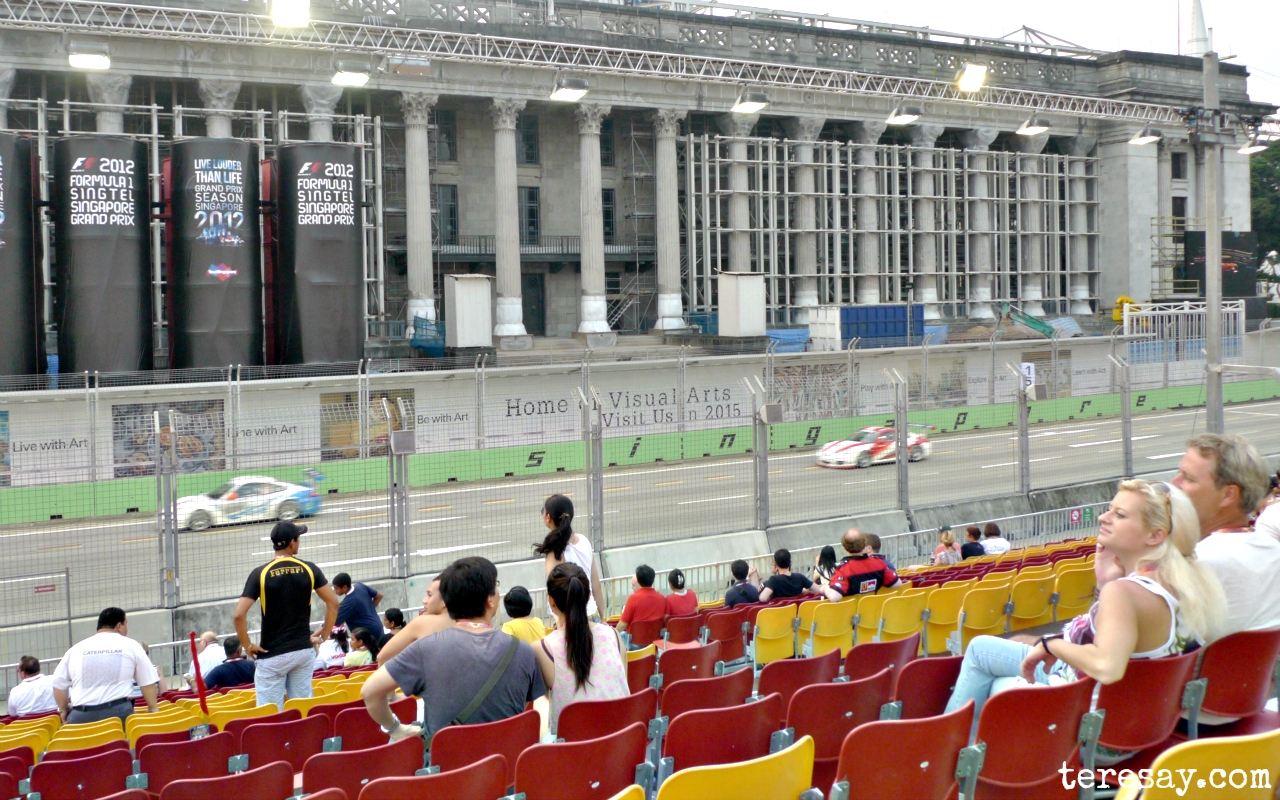
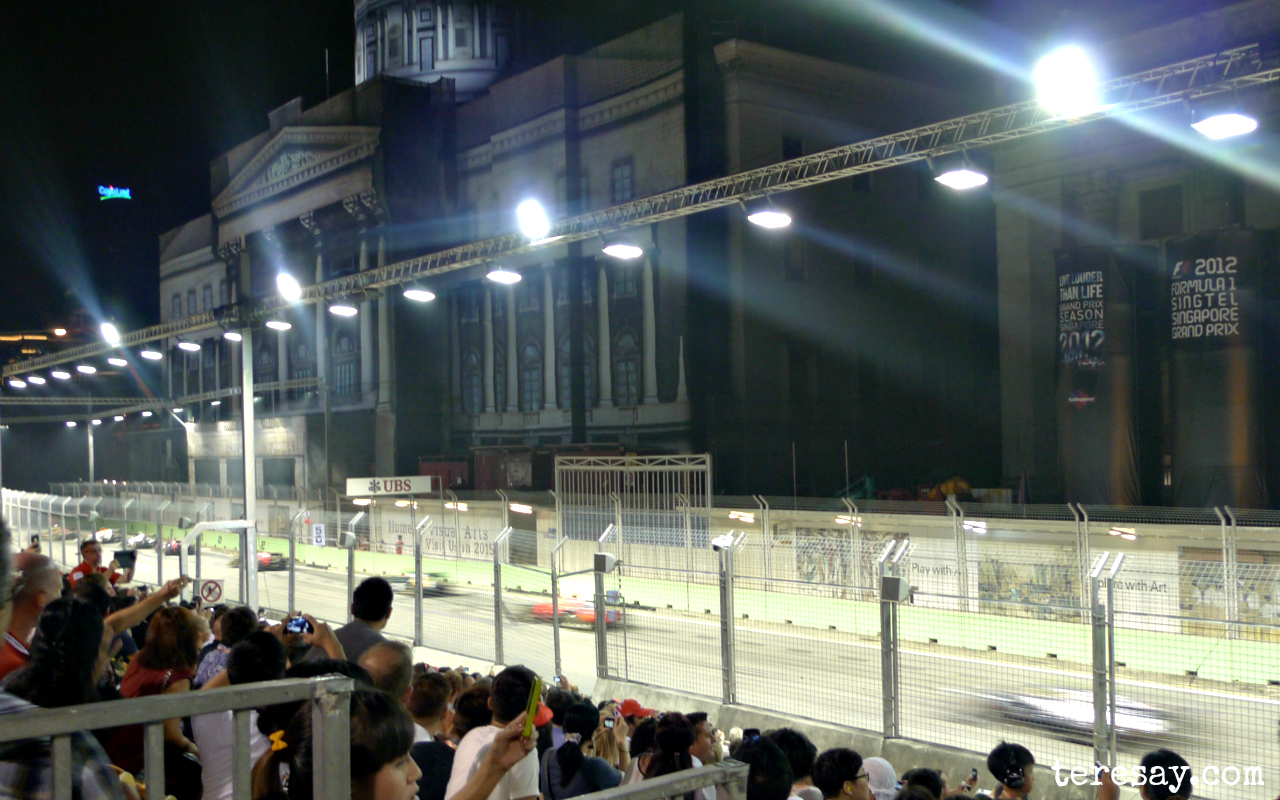
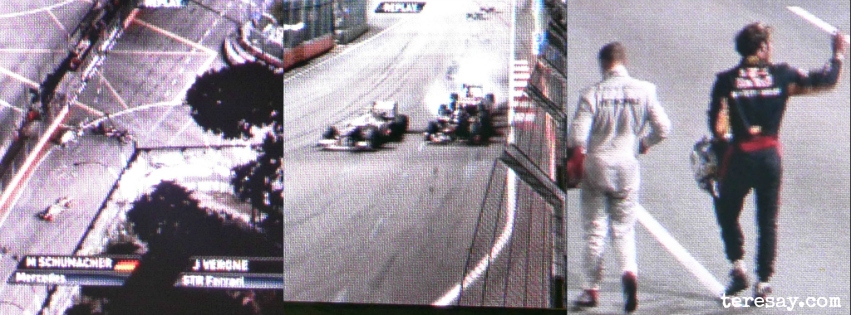
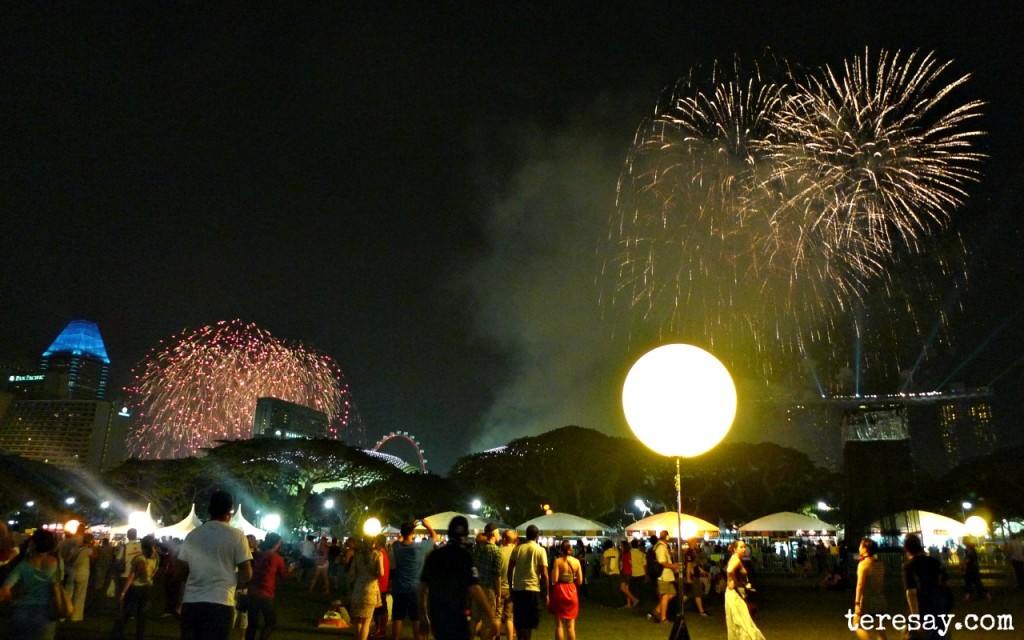







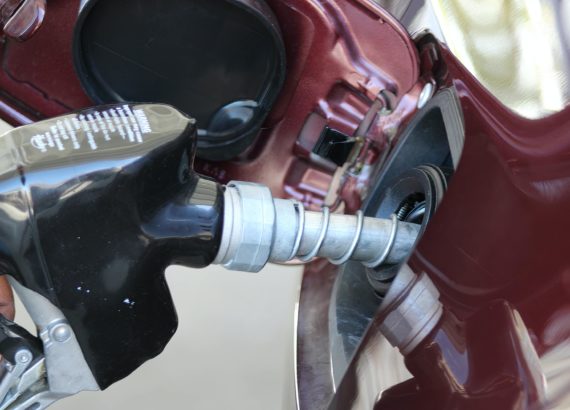


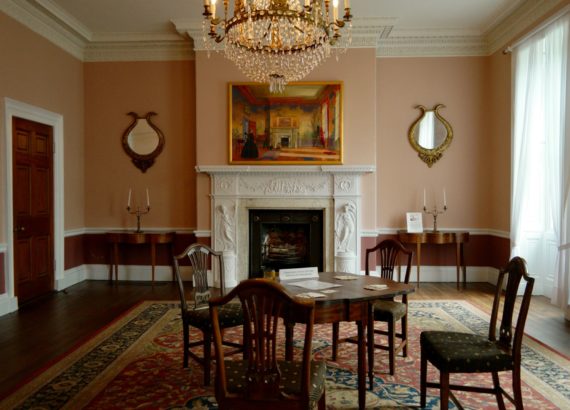

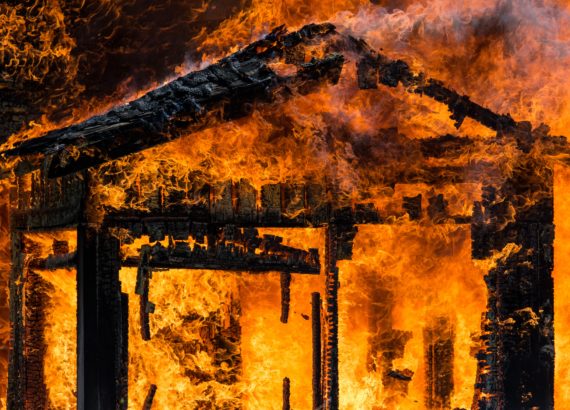
ritwick
I always like formula one races and challenges, being a web developer and sports enthusiast i am. Nice information.
Zoan
Of all the names mentioned above , Michael Schumacher is the only one I know or perhaps always heard of;)
Teresa Martinez
That is a fairly common occurrence since he is the only one from the sport who has attained a reasonable amount of commercial success.
souvik
Awesome post……
this post is very helpful…..I khow a lot dfrom here
thank you
Teresa Martinez
Thanks for reading. F1 has a large following and most people really love watching them in action. It really is a thrill to see cars speeding in a race track moving with absolute precision.
Yaniconquistadora (@YaniMetrado)
Michael Schumacher is still the best player for me. Whenever I watch this car racing thing my adrenaline rush just like my brothers. Influenced by them big time!
Teresa Martinez
He has indeed carved his name in car racing history and nothing can erase that.
seny
I understand that every sports is not for everyone, and race cars has never been my cup of tea. But then, I find it amazing for those drivers in the race to get the car turn that hard…
Teresa Martinez
Even if car racing may not be a personal favorite, there is still awe in the capabilities of race car drivers in their chosen sport.
Patrick
I am always scared at the thought of lightning speed cars plus they are so noisy… I am not a fan of it…
Teresa Martinez
I’m sure you’re not alone in that feeling but many people appear to enjoy watching it. That is just how it is so we like some, we don’t like some…
Maricell
I am not a car racing enthusiast, so when people talk Formula One, the only two things that come to mind are race cars and the name Michael Schumacher. Michael Schumacher, I guess, has become a household name for this particular sport.
Teresa Martinez
This is true. Michael Schumacher has actually given a face to race car driving.
jsncruz
I’m not a ‘fan’ per se of F1, but my best friend and I, over 7-8 years ago, have had consistent arguments on which racing personality was ‘better’. I went with Mike and Ferrari, and she went with Kimi and McLaren. During the SG race, it’s crazy how I don’t recognize the names of the drivers anymore – this sport doesn’t seem to favor ‘older’ dudes for some reason.
Teresa Martinez
Records would show that most F1 race car drivers “retire” to a tamer race in their mid-30s. This is not surprising, considering the great pressure involved in such race.
jem alvarado
When I watch a foreign film with a grand prix motor racing, I find it exciting. I have noticed that most characters appeared in the race are popular and rich no wonder why this is a billion-dollar business.
Teresa Martinez
This is certainly a lucrative business or profession although there are considerable risks.
Ness
My husband is a die hard fan of F1. He got 2 boookshelves full of F1 collectibles. From magazines, to mouse pads, to cars collections, name it. And I must admit, I eventually learned to liked it. And he’s already planning to go to F1 park in Dubai. Haha!
Teresa Martinez
To a die hard fan, watching it live is inevitable when given the chance.
Rhea Parks
ganyan ang gusto kong karera sana makasali ako sa gnyang paligsahan 😀
Teresa Martinez
It must be a once-in-a-lifetime experience to be part of such a race.
ronleyba (@ronniedare)
Great to watch F1 races live. I wanna see those fast cars zooming around.
Teresa Martinez
Such speed- how can it even be possible for race car drivers to survive?
Rizza Javier (@beingwell20)
Nice! Magugustuhan ito ng hubby ko. We always check out race cars kapag meron ni-sshowcase sa malls.
Teresa Martinez
Race cars on display are really quite flashy and beautiful.
Debarpan
I love car racing especially F1.Michael Schumacher z my favourite…:)
Teresa Martinez
Michael Schumacher seems to be a favorite of many probably because he is the most popular.
Franc Ramon
I would want to watch the F1 at least. Maybe, I should sync my trip to SG next year with the date of the F1.
Teresa Martinez
That would be a good idea since I believe you regularly go to SG.
Franc Ramon
Too bad I missed it by a month this Time since I was there last August.